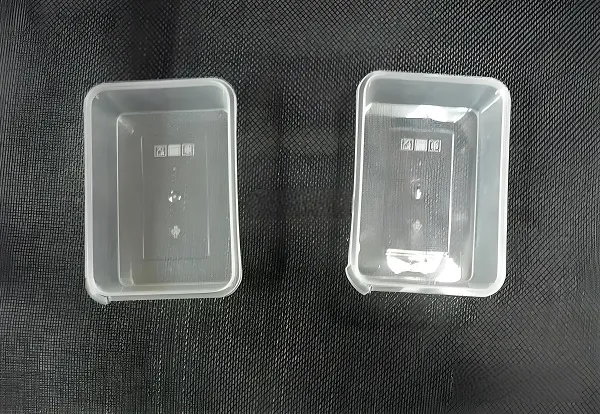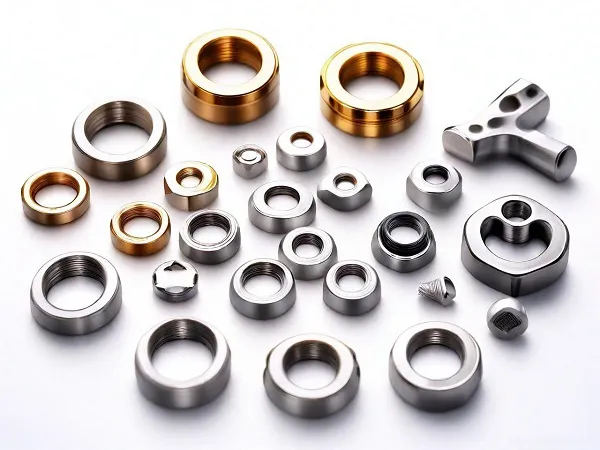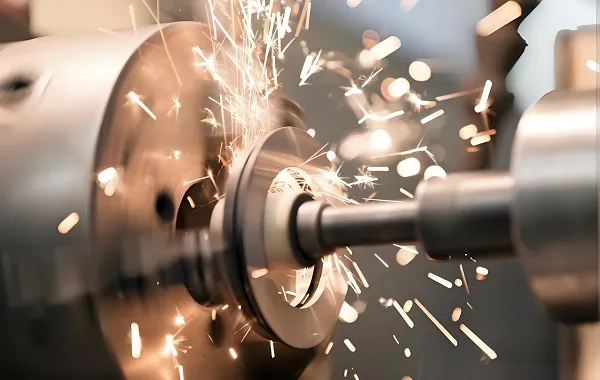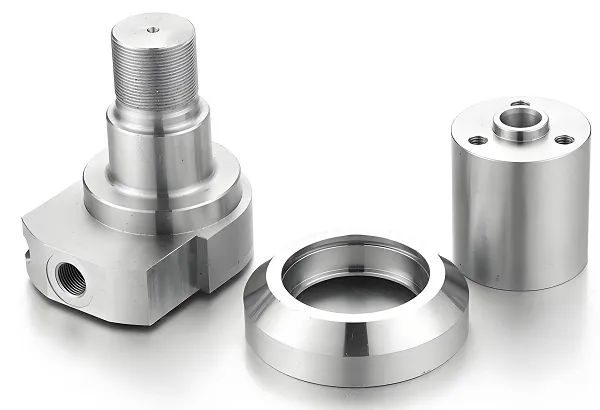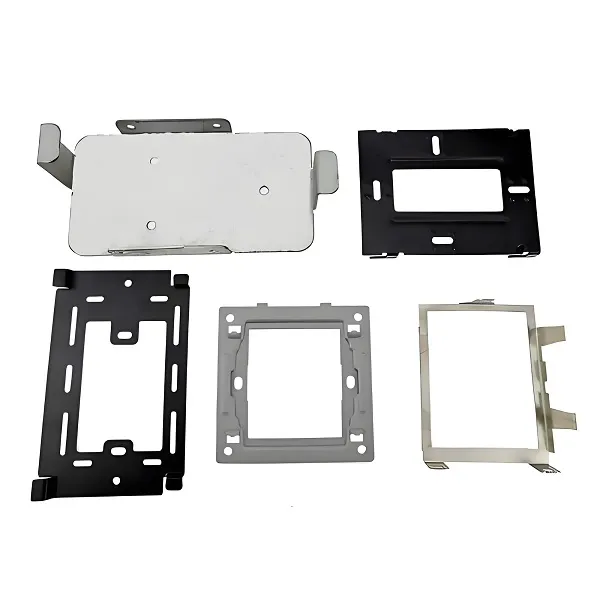Plastic prototype manufacturing services, with the help of data – driven precise design, advanced manufacturing technologies, and a full – process verification system, achieve the leap from “rough models” to “realistic pre – rehearsals”.
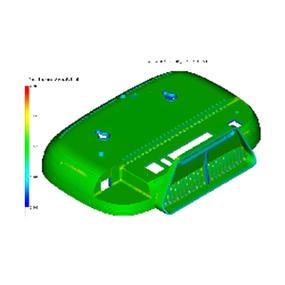
I. Why is Traditional Prototype Manufacturing Difficult to Meet Product R & D Requirements?
Q&A: What are the core advantages of plastic prototype manufacturing services?
When dealing with product R & D requirements, traditional prototype manufacturing methods (such as manual production and 3D printing) have three core pain points:
Disconnection between precision and mass production: Hand – made prototypes have large dimensional errors (±0.5 – 1mm), and 3D – printed parts have rough surfaces (Ra 12.5 – 25μm). They cannot truly reproduce issues such as shrinkage and weld lines generated by the injection – molding process, resulting in repeated design modifications and an extension of the R & D cycle by 40%.
Distortion of material properties: Commonly used 3D – printing materials such as PLA and ABS have significant differences in mechanical properties and thermal stability from actual mass – produced plastics (such as PBT and PMMA). The deviation in tensile strength can reach 30% – 50%, making it difficult to effectively verify product functions and durability.
Inadequate function verification: Traditional prototypes are mostly appearance – display models, making it difficult to meet the needs of internal structure, assembly fit, and functional testing. As a result, a large number of adjustments are still required after the product enters the mass – production stage, increasing development costs and risks.
However, plastic prototype manufacturing services take “realistically simulating mass production” as the core:
Full – dimensional precise reproduction:
Dimensional accuracy: Using CNC machining (accuracy ±0.02mm) and precision injection – molding processes, the dimensional tolerance of prototype parts is controlled within ±0.05mm, and the surface roughness Ra≤3.2μm, highly replicating the details of mass – produced products.
Material consistency: Support over 100 engineering plastics (such as reinforced nylon, high – temperature – resistant PC) and special materials (antistatic, food – grade). Through rheological tests and process optimization, the performance error between prototype parts and mass – produced materials is ensured to be less than 5%.
Data – driven efficient verification: Based on mold – flow analysis (CAE) and structural simulation data, design schemes are iterated rapidly, reducing 3 – 5 design modifications and helping enterprises complete product development 2 – 3 months in advance.
II. How Does the Core Process of Plastic Prototype Manufacturing Achieve Precise Simulation?
Digital design and simulation optimization
Mold – flow analysis pre – research: Use software such as Moldflow and AutoCAD Mold to simulate the filling, packing, and cooling processes of plastic melts, predict defects such as sink marks (depth < 0.1mm), warpage deformation (< 0.2mm), and the position of weld lines, and optimize the gate layout, wall – thickness distribution, and cooling – water – channel design, reducing the number of mold trials by 85%.
Parametric modeling: Establish a model library containing over 2000 standard structural parts. Through parametric design, product dimensions and detailed features can be adjusted quickly, increasing the design efficiency by 70%. At the same time, it supports seamless docking with customers’ CAD data.
Virtual verification technology: Use digital – twin technology to create a virtual model of the prototype product, simulate the mechanical properties, heat conduction, etc. under actual use scenarios, and verify the design feasibility in advance, reducing physical testing costs.
Application of advanced manufacturing technologies
CNC finishing: Perform secondary processing such as milling, grinding, and drilling on prototype parts. The key – dimension accuracy reaches IT6 level (±0.015mm), and the surface roughness Ra≤0.8μm.
Surface treatment: Provide diverse surface – treatment processes such as anodizing, electroplating, painting, and silk – screening to simulate the appearance texture and functional requirements of mass – produced products.
Micro – injection technology: For micro – plastic parts (size < 10mm), use high – precision injection molding machines (pressure control accuracy ±0.5MPa) and hot – runner systems to achieve the molding of 0.1mm thin – wall structures, with a repeat accuracy of ±0.01mm.
Two – color injection process: Combine two materials in one molding (such as hard plastic + soft plastic). Through a customized rotating mold and a precise metering system, ensure clear two – color boundaries and a position accuracy of ±0.1mm.
3D – printed molds: Use direct metal laser sintering (DMLS) technology to manufacture die steel (H13), combined with surface hardening treatment (hardness HV700). It can be delivered in 5 – 7 days, suitable for small – batch prototype production of 50 – 200 pieces, and the cost is 60% lower than that of traditional steel molds.
Aluminum – based molds: Process aluminum – alloy molds through five – axis high – speed milling (spindle speed 24,000rpm), and perform hard – chrome plating on the surface (thickness 0.02 – 0.03mm). The mold life can reach 5,000 – 10,000 times, meeting the medium – batch demand of 200 – 1000 pieces, with a delivery cycle of 10 – 15 days.
Rapid mold manufacturing:
Precision injection molding:
Refined post – processing:
Intelligent production and data closed – loop
Optical full – inspection: The linear – array camera (resolution 12,000dpi) completes surface – defect inspection in 0.5 seconds, identifying 0.05mm – level flash and black spots below 0.3mm², with a missed – detection rate of less than 0.002%.
CT scanning analysis: Industrial CT (accuracy 0.01mm) detects internal pores, porosity, etc., generating a three – dimensional defect cloud map to guide mold correction and process optimization.
Intelligent control of process parameters: Real – time collect more than 40 parameters such as injection pressure, melt temperature, and packing time. The AI algorithm automatically optimizes the process curve to compensate for material batch differences, increasing the qualified rate from 80% to 95%.
Automated inspection system:
Cloud – based collaborative management: All production data (design files, process parameters, inspection reports) are uploaded to the cloud platform. Customers can view project progress in real – time and download inspection data, realizing transparent collaboration.
III. Quality Control: Stringent Inspection throughout the Chain from Design to Delivery
Multi – dimensional performance testing system
Mechanical properties: Use a universal material testing machine to detect tensile strength, flexural modulus, and impact toughness. The fatigue test simulates 10⁶ cycles without fracture.
Function verification: Conduct insertion – extraction force tests (accuracy ±0.1N) and sealing tests (air pressure 0.8MPa, holding pressure for 30 seconds) on assembly – type prototypes to ensure that the functionality meets the design requirements.
Environmental testing: High – and low – temperature cycling (-40℃ to 85℃, 10 times), salt – spray test (24 hours), and UV aging test (500 hours) to verify the weather resistance of materials.
Component analysis: Use a spectrometer to detect the components of plastic particles, ensuring that the glass – fiber content, additive ratio, etc. meet ASTM and ISO standards, with an impurity content of less than 0.1%.
Physical property testing: Measure 15 indicators such as melt flow index, heat – deflection temperature (HDT), flame – retardant grade (UL 94 V – 0), and tensile strength to ensure that material performance meets the standards.
Material – level screening:
Product – level testing:
Intelligent defect – prevention mechanism
First – piece ten – inspection system: The engineering team strictly inspects 30 indicators of the first – piece prototype, such as mold status, material batch, and process parameters, intercepting potential defects.
AI process early – warning: The machine – learning algorithm analyzes historical production data. When parameters deviate from the optimal range (such as pressure fluctuations > 5%), the system gives an early – warning 30 seconds in advance and automatically adjusts process parameters to avoid batch non – conformities.
IV. How to Balance Efficiency and Quality in Rapid Delivery?
Q&A: Does high – precision prototyping mean a long delivery cycle?
Through three innovative models, plastic prototype manufacturing achieves a 50% – 70% reduction in the delivery cycle and a 40% improvement in quality stability:
Modular rapid response: Establish a library of standardized mold modules and process templates, with a reuse rate of 75% for different projects, reducing repeated design and debugging time and increasing the project startup efficiency by 60%.
Concurrent engineering strategy: The design, mold manufacturing, process planning, etc. are advanced simultaneously. Through digital – twin technology, the feasibility is verified in advance, shortening the overall cycle by 20 – 30 days.
Digital – twin optimization: Create a digital – twin model for each prototype project, simulate the production process to predict potential risks, reduce 2 – 3 physical mold trials, save 40% of time costs, and at the same time reduce modification costs.
V. Core Considerations for Choosing Plastic Prototype Manufacturing Services
Comprehensive technical capabilities: The supplier should possess full – process technologies such as mold – flow analysis, rapid mold manufacturing, precision injection molding, and post – processing, supporting one – stop services from concept to finished product.
Digitalization level: Have digital tools such as CAE simulation, MES system, and AI process optimization to achieve full – process data – driven and ensure efficient and accurate delivery.
Quality – assurance system: Provide ISO 9001 certification, third – party test reports, and a complete after – sales quality – traceability service to ensure reliable prototype quality.
Conclusion
Plastic prototype manufacturing services, with data as the cornerstone and technology as the driving force, break the limitations of traditional prototype manufacturing and provide enterprises with efficient, precise, and reliable product pre – research solutions. In the current era of accelerated product iteration and fierce market competition, plastic prototype manufacturing services with “digital design + advanced manufacturing + intelligent quality control” are becoming the key support for enterprises to shorten the R & D cycle, reduce trial – and – error costs, and enhance product competitiveness. From the innovative designs of consumer electronics to the function verification of medical devices, plastic prototype manufacturing services will continue to help every product idea land efficiently with excellent precision and efficiency, promoting the innovative development of enterprises.
(Contact us immediately to obtain a customized plastic prototype manufacturing solution and a free design evaluation service)

